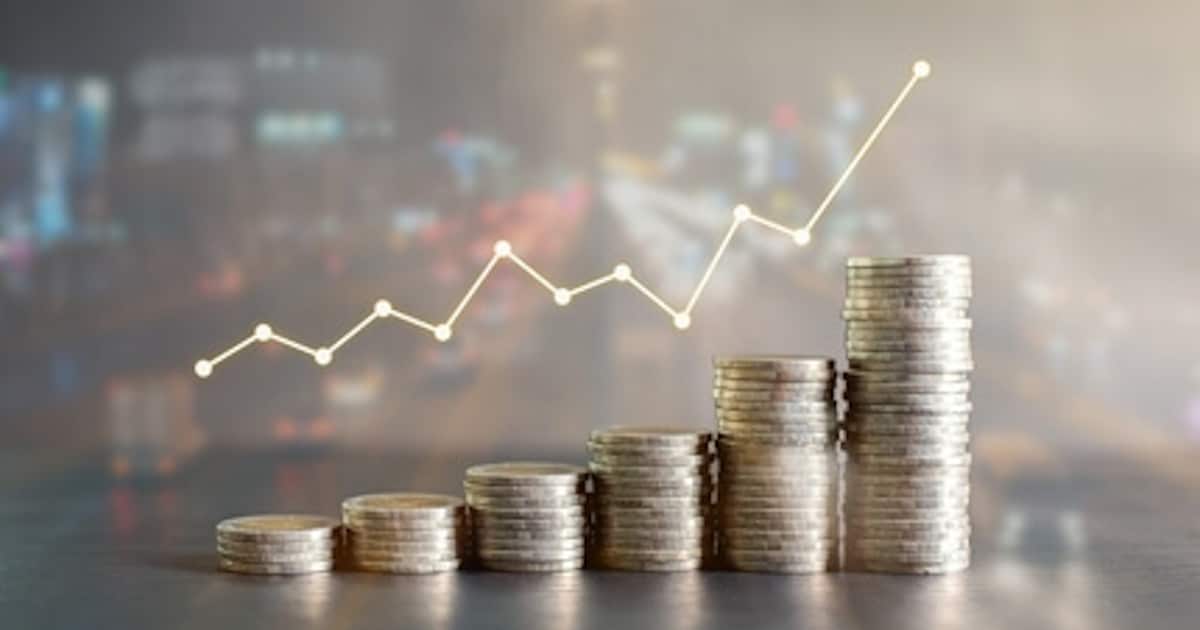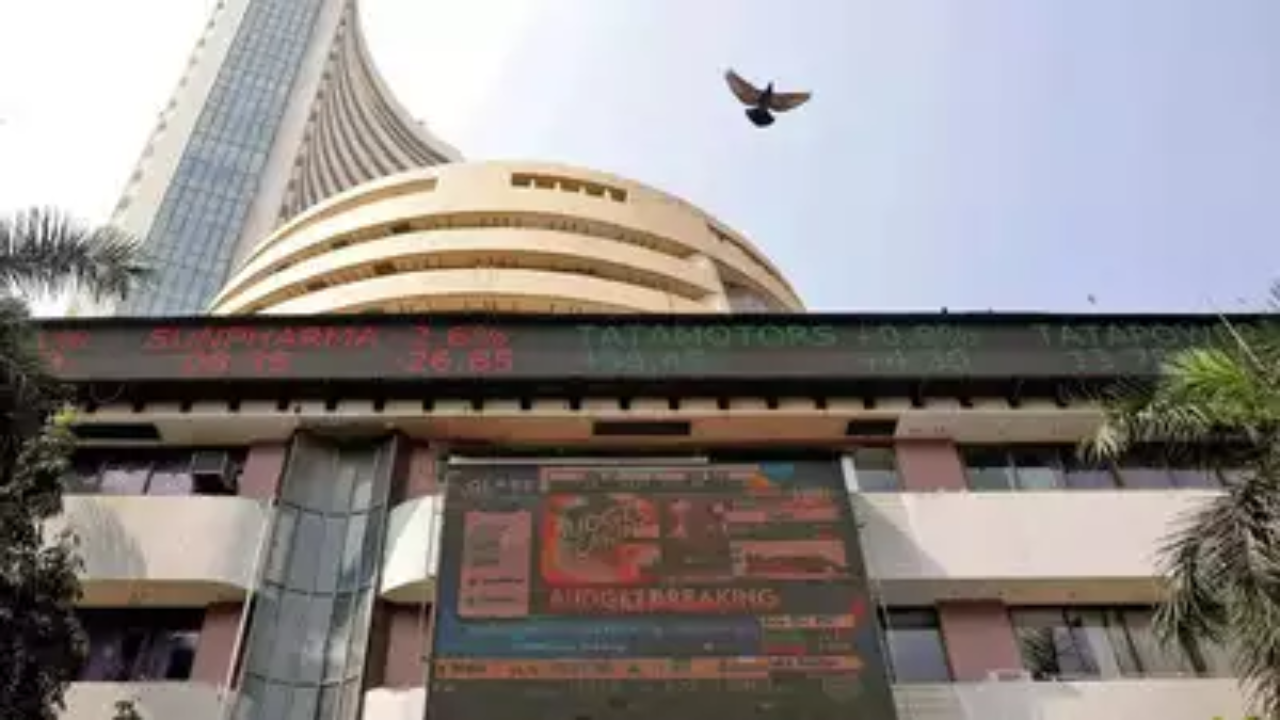How the market will behave in 2023

Last year was a very good year for the stock market, with all major indices posting returns above their historical averages.
For example, the large-cap S&P 500 ended the year up 24.2% at 4,770. This is just a few dozen points lower than the all-time high of 4,797 set on January 3, 2022. It rose even more in the fourth quarter alone. It exceeded 11%, and has surged 13.8% since November 1. The S&P 500’s gain in 2023 more than offset its 19% loss in 2022.
The Nasdaq index performed even better in 2023, with the Nasdaq Composite Index rising 43.4% to end the year at 15,011. This follows 2022, when it lost 33% of its value. The Nasdaq 100, which includes Nasdaq’s 100 largest non-financial stocks, rose 53.8% in 2023, its best year since 2009.
Additionally, the Dow Jones Industrial Average reached an all-time high in the fourth quarter of 2023, ending the year at 37,689, up 13.7% from the previous year. In 2022, it fell by 8.8%.
But it wasn’t just large-cap stocks that performed well in 2023, with the Russell 2000 small-cap index and the S&P 400 mid-cap benchmark both posting solid returns. The Russell 2000 index is up 15.1% this year after falling 21.6% in 2022. Meanwhile, the S&P 400 is up 14.4% in 2023, offsetting a 14.5% decline in 2022.
Which sectors performed best… and which sectors performed the worst?
Last year, more than 300 stocks in the S&P 500 were in positive territory, while all others had negative returns. The biggest performers in 2023 were semiconductor stocks NVIDIA (NASDAQ:NVDA), which returned about 237%, and Meta Platforms (NASDAQ:META), which rose about 195%.
On the other side of the spectrum were clean energy stock Enphase Energy (NASDAQ:ENPH) and FMC Corp. (NYSE:FMC), which makes agricultural pesticides and herbicides. Both are down about 48% this year.
As evidenced by the Nasdaq’s explosive performance, the technology sector was the best place to be last year, rebounding strongly from a brutal 2022. More specifically, information technology stocks are up about 60% last year, led by the semiconductor industry. In 2023, it recorded an average return of 104%.
The Communication Services sector was the next best performer, up about 58%, while Interactive Media and Services stocks led the way with an average return of 92%. Consumer discretionary is the third best sector, up about 44% over the past year. Within the industry, retail, automobile, hotel, restaurant, leisure, and home durable goods industries showed strength.
The worst performing sector last year was utilities, down about 10%. Energy was next, down 3% in 2023, followed by consumer staples, down about 2% compared to the previous year. Across the broad consumer staples sector, personal care products fell 42% on average, while food and tobacco posted losses this year.
Theme and Catalyst
In early 2023, the inflation rate was 6.4% and the federal funds rate was 4.25-4.5%. The Fed plans to continue raising interest rates three more times in 2023, with the last hike taking place in July and bringing rates up to the current range of 5.25% to 5.5%. The interest rate increase appears to have had the intended effect, as the inflation rate measured by the consumer price index gradually declined, reaching 3.1% at the end of 2023.
Markets gained momentum in the final quarter of the year as the Federal Reserve decided to pause interest rate increases at its last three meetings and said at its last meeting in December that it expected to cut rates several times in 2024.
This year also saw a banking crisis not seen since the Great Recession. The decline was triggered by the collapse of three major banks and liquidity problems caused by generally high deposit costs, a shortage of deposits and other factors. The industry stabilized and large banks subject to stricter liquidity standards held up relatively well.
However, the main investment theme for 2023 was the emergence of artificial intelligence. Investors seemed to be flocking to stocks that were leading the way in deploying this innovative technology.
AI will continue to be a major topic this year. Because the trend will gain momentum. The direction of inflation and interest rates and their impact on the economy will also be something to monitor in 2024. Investors should be cautious of a possible economic slowdown, especially in the first half of the year, and monitor overvalued technology stocks. .



